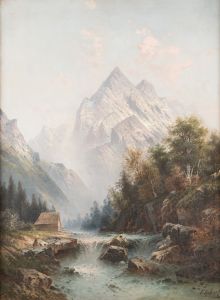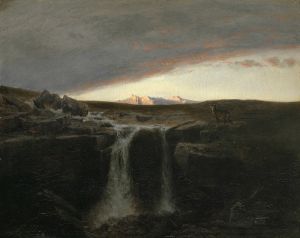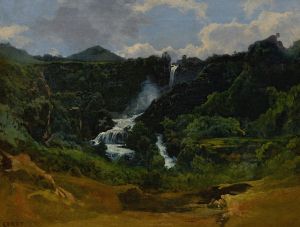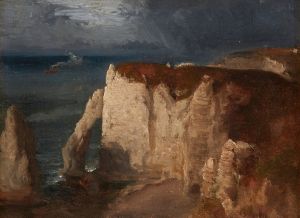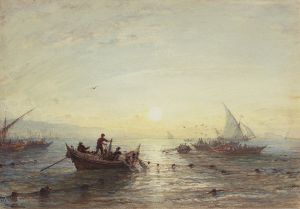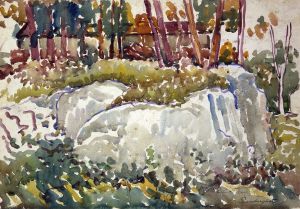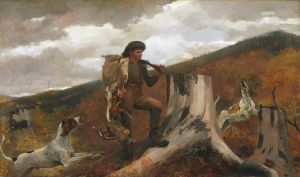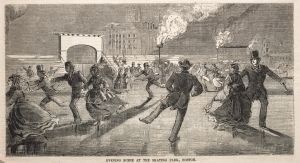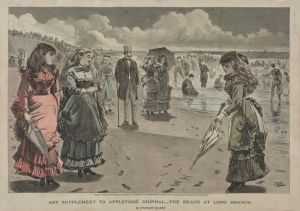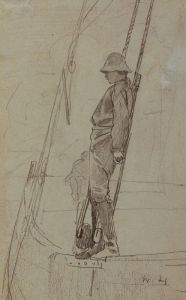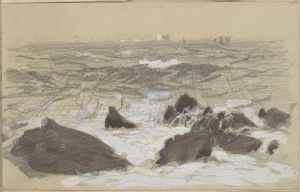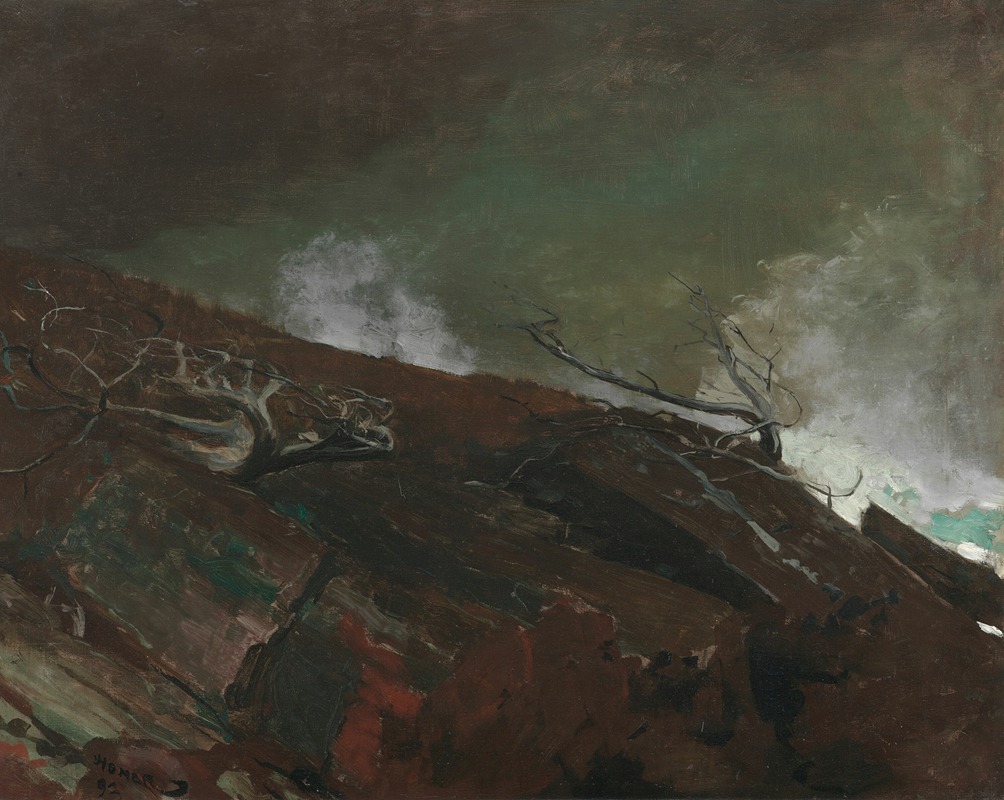
Coast of Maine
A hand-painted replica of Winslow Homer’s masterpiece Coast of Maine, meticulously crafted by professional artists to capture the true essence of the original. Each piece is created with museum-quality canvas and rare mineral pigments, carefully painted by experienced artists with delicate brushstrokes and rich, layered colors to perfectly recreate the texture of the original artwork. Unlike machine-printed reproductions, this hand-painted version brings the painting to life, infused with the artist’s emotions and skill in every stroke. Whether for personal collection or home decoration, it instantly elevates the artistic atmosphere of any space.
Winslow Homer, an iconic American artist, is renowned for his masterful depictions of the American landscape and seascape. One of his notable works, "Coast of Maine," exemplifies his skill in capturing the rugged beauty and dynamic atmosphere of the northeastern United States' coastline. Although specific details about a painting titled "Coast of Maine" by Winslow Homer are not widely documented, Homer's body of work includes numerous paintings and watercolors that explore similar themes and settings, particularly during his time in Maine.
Homer was born in 1836 in Boston, Massachusetts, and began his career as a commercial illustrator. He later transitioned to painting, gaining recognition for his Civil War scenes and genre paintings. However, it was his later works, particularly those focusing on nature and the sea, that solidified his reputation as a leading figure in American art.
In 1883, Homer moved to Prouts Neck, Maine, where he lived and worked for the remainder of his life. This location profoundly influenced his art, providing him with direct access to the dramatic coastal scenery that became a central theme in his later works. The rugged cliffs, crashing waves, and changing weather conditions of the Maine coast offered Homer endless inspiration and challenged him to capture the essence of the natural world with authenticity and vigor.
Homer's Maine paintings are characterized by their powerful compositions, dramatic use of light and shadow, and a keen observation of nature's forces. He often depicted the sea in its various moods, from calm and serene to turbulent and threatening. His works convey a sense of respect and awe for the natural world, reflecting both its beauty and its potential for danger.
In these paintings, Homer employed a variety of techniques to achieve his desired effects. He was known for his use of watercolor, which allowed him to capture the translucency and movement of water with remarkable precision. His oil paintings, on the other hand, often featured bold brushwork and a rich, textured surface that conveyed the solidity and permanence of the rocky coastline.
Homer's time in Maine also marked a period of increasing isolation from the art world. He preferred to work alone, away from the distractions of urban life, and his paintings from this period reflect a deep, personal connection to his surroundings. This sense of solitude and introspection is evident in many of his coastal scenes, where human figures are often absent or dwarfed by the vastness of the landscape.
While specific information about a painting titled "Coast of Maine" by Winslow Homer is limited, his extensive body of work from this region continues to be celebrated for its technical mastery and emotional depth. Homer's Maine paintings remain an enduring testament to his ability to capture the raw power and beauty of the natural world, securing his legacy as one of America's greatest artists.





